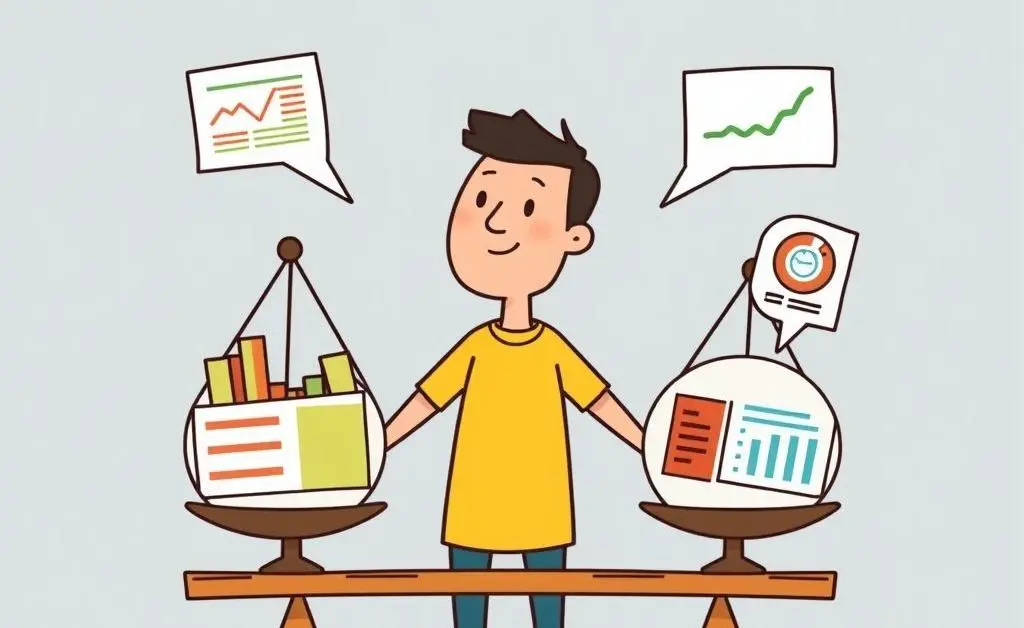How to Trust Economic Data: Navigating the Sea of Information
Explore how to confidently interpret economic data amidst changing landscapes.

In a world that seems to change faster than we can keep up, understanding economic data feels like learning a new language. Occasionally, I find myself asking, "Can I really trust this data?" This question gains even more importance when political changes shake up the sources of these data.
Understanding the Reliability of Economic Data
With experts in analysis changing as frequently as the seasons, it’s essential for us to develop our internal compass to navigate economic reports. One of my go-to methods is cross-referencing multiple sources. Like piecing together a puzzle, using different reputable reports can help you see the bigger picture.

Indicators to Watch Out For
Are you wondering where to begin? Here are some key indicators that are your best friends when it comes to gauging economic stability:
- Gross Domestic Product (GDP): A classic metric, indicating the economic performance of a region or country.
- Unemployment Rates: An immediate pulse-check on the job markets.
- Consumer Price Index (CPI): Offers insight into inflation and the cost of living.
Evaluating Changes in Data Collection
Even with trusted metrics, changes in the way data is collected or reported can lead to inconsistencies. Here, transparency becomes key. It's vital to understand how new methodologies may impact data interpretations. Continuously asking how these changes could influence trends keeps you savvy.

Cross-Validating with Historical Data
Historical data provides crucial context. Sometimes, all it takes is juxtaposing new information with historical patterns to unveil truths or detect anomalies. Picture standing back to clearly see the broad strokes of a painting—this is how historical data illuminates current trends.
Turning Data Insights Into Informed Decisions
Ultimately, how do we integrate this data into our decision-making? Here, understanding economic indicators becomes vital. Each decision uses these indicators as building blocks, forming a structure that aligns with your financial objectives.

Every time I use this approach, it substantively shifts my perspective, allowing me to make decisions based on more than just headline numbers. It’s not only about what end data says, but how it translates into actions in my life.
Conclusion: Building Your Data Conversation
Creating your reliable dialogue with economic data doesn’t happen overnight. It's a journey combining critical analysis, patience, and maybe a little faith. What strategies do you use to build trust in economic data? Let’s explore this narrative together because, at the end of the day, reliable data empowers informed decisions.




